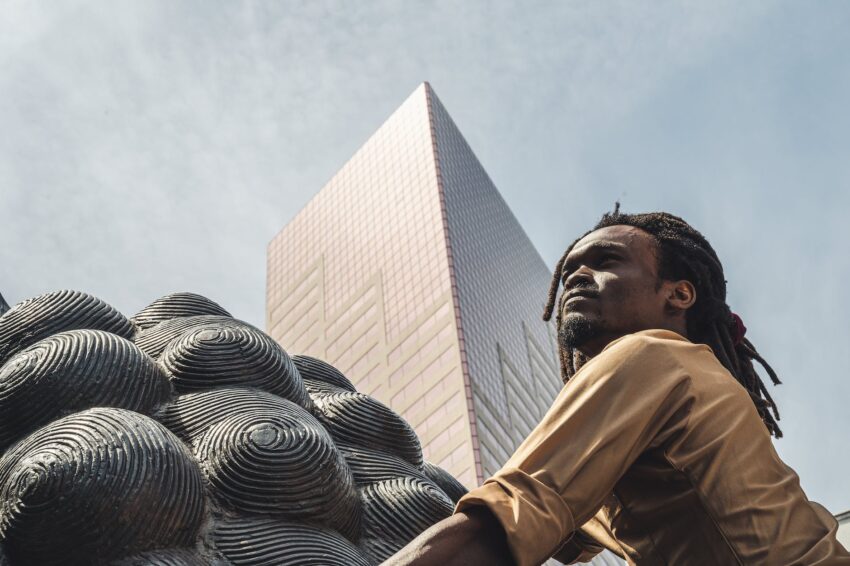The vivid and immersive realms of psychedelic art and music have long acted as conduits for self-expression, epitomizing a visceral exploration of consciousness unparalleled in its vibrant hues. This distinct form of art, often featuring intricate and highly detailed patterns, coupled with the auditory embrace of mood-altering music, serves as a manifestation of human cognition and emotion. This has birthed movements like the counterculture revolution of the 1960s that prized psychedelia as a tool of unfiltered self-expression from the constraints of mainstream aesthetics.
Among the many elements of this distinctive art, visionary art stands out for its ability to transcend normative creative boundaries. By challenging the ‘seen and familiar’, visionary art allows artists to delve into and depict their most profound, often hallucinatory experiences. This subsequently lends the artwork a sense of mystique and a depth that resonates with viewers on myriad intellectual and emotional levels.
Visuals in the psychedelic realm are often hallmarked by their powerful, dizzying pulses of color and form. They radiate with trippy visuals that flirt with and beguile the eyes, interlacing reality with a parallel universe filled with fantastical imaginations. These visuals permeate various artistic platforms, from digital mediums to physical canvas, and even album covers. Psychedelic album covers from artists such as Pink Floyd and The Grateful Dead are a testament to the indispensable bond between psychedelia and music.
The psychedelic festival culture is another crucial facet of psychedelic self-expression that should not be overlooked. The rich tapestry of music festivals not only entertain but together, with the infusion of psychedelic art, promote a shared communal experience that unites thousands of individuals. Events like the Burning Man and Coachella are vibrant testimony to the harmonious blend of music, psychedelic art, and communal spirit.
Art movements featuring psychedelic elements are among the most important in reshaping global art and music landscapes. For instance, Pop Art of the 1960s was significantly influenced by the psychedelic culture of the era, with artists incorporating vibrant colors and surreal imagery into their works. Similarly, music from the same period saw artists like The Beatles and The Doors create music imbued with psychedelic flavor.
The fundamental premise of psychedelic art and music as extensions of self-expression is rooted in how these mediums offer a creative outlet to convey the complexities of the human psyche. Whether they serve as platforms to share transcendental experiences and altered states of consciousness, or they grant the opportunity to portray a nuanced ethos, psychedelic art and music bear the mark of the individual artist’s unique perspective.
They bridge the gap between conscious thought and material existence by communicating emotions, perceptions, and ideas that are often too complex for words. This creative inspiration that stems from within the depths of one’s mind has the ability to transform into a kinetic frenzy of colors and sounds, thus granting it an undeniable energy that is infectious.
Psychedelic art and music therefore mirror an intricate expression of consciousness. It bends the perceptions of reality and allows audiences to explore their minds’ landscapes through a sensory prism that is both enthralling and enlightening. It is a potent articulation of introspection, personal discovery, and self-expression that transcends common language.
In conclusion, psychedelic art and music stand as powerful conduits for self-expression that stretch beyond the edges of mainstream perception. Their vibrancy and depth are unmatched, setting them apart from other forms of art. They serve as portals to human consciousness, allowing both creators and viewers or listeners to explore uncharted territories of the mind. Ultimately, they represent a creative dialogue between the abstract and the tangible, the mysterious and the known, the conscious and the subconscious.
